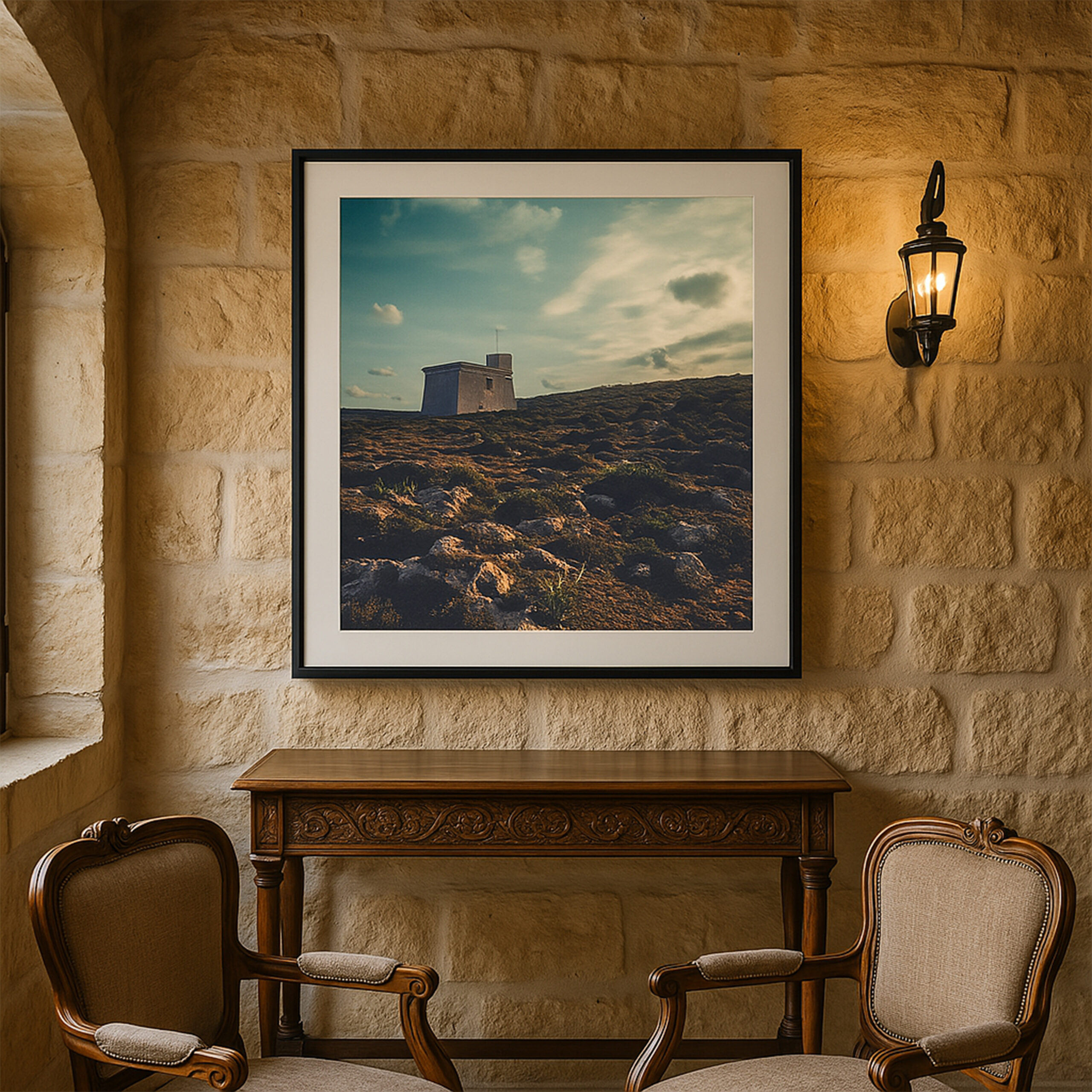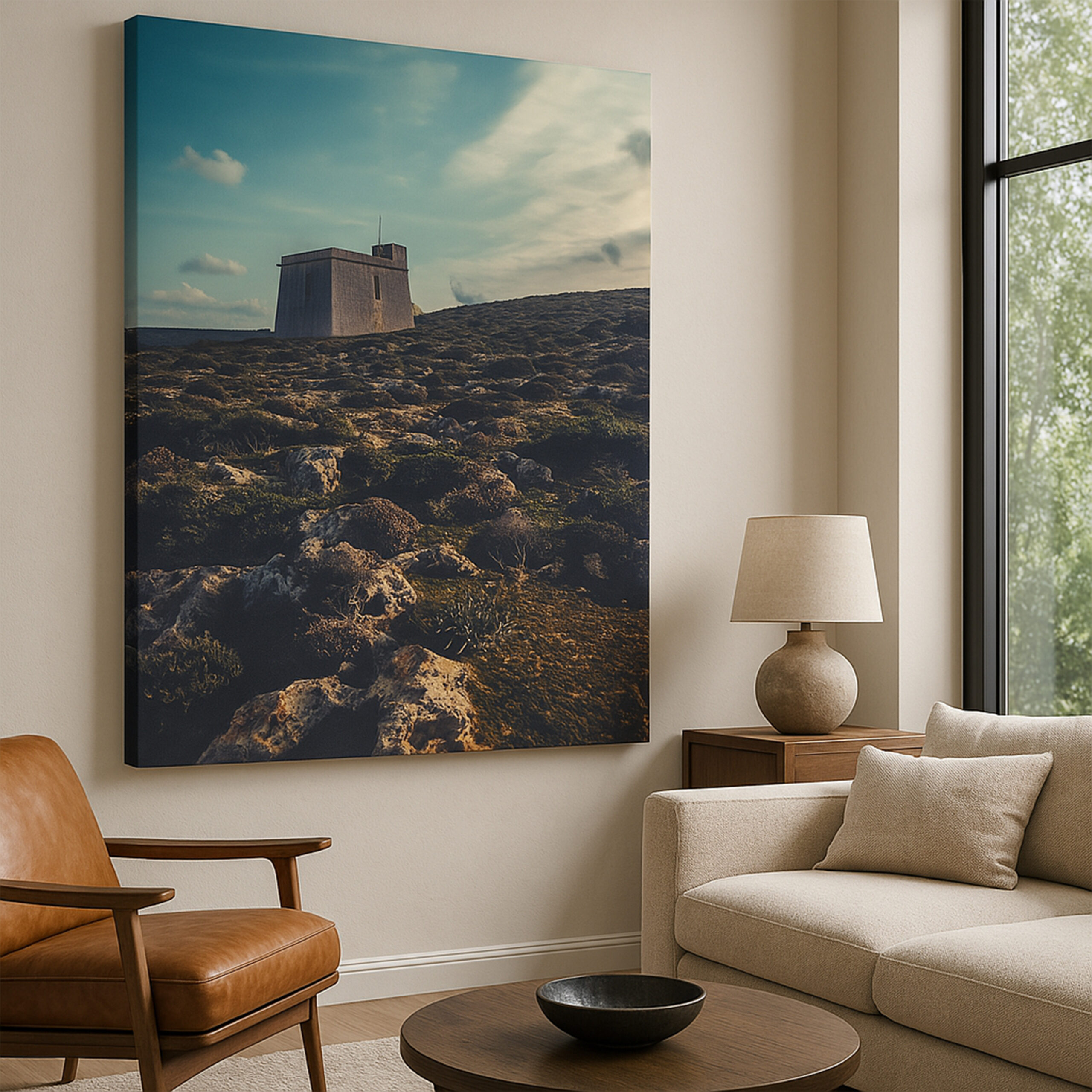No products in the cart.

Tucked away beyond Nadur’s cliffs, Sopu Tower is one of Gozo’s most overlooked treasures. This is its story—told through history, solitude, and a lens.
I first discovered Sopu Tower on a wind-whipped February afternoon. The sun was low, spilling gold over the jagged coastline as I followed a quiet path just beyond Nadur. There were no signs, no fences, no cafés or gift shops—just the raw breath of Gozo and a silent, sturdy silhouette on the edge of the cliffs. That’s what pulled me in.
Unlike more famous spots in Gozo, Sopu Tower doesn’t demand your attention. It simply waits. And that’s exactly what makes it powerful.
A Sentinel of Stone: The History of Sopu Tower
Sopu Tower, also known as Ta’ Sopu or Isopu Tower, is one of several coastal watchtowers built by the Knights of St. John in the 17th century. Constructed in 1667 during the rule of Grand Master Nicolas Cotoner, the tower was part of an early warning system that stretched across the coastlines of both Malta and Gozo. These towers communicated using fire or smoke signals, alerting inland fortifications to incoming threats from the sea—particularly from corsair raids, which were a constant threat during that period.
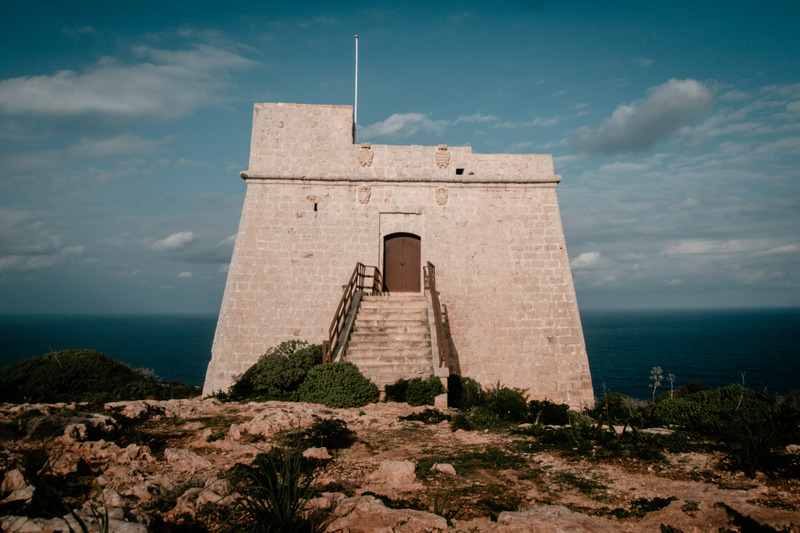
Sopu Tower sits on a strategic cliffside location between Dahlet Qorrot and San Blas Bay. From here, watchers had unobstructed views of the northeast coast and could relay messages to the main citadel in Rabat (Victoria) via the Nadur church tower. Built of local limestone, the tower is relatively modest in size but was functional, with space for a small garrison and enough supplies to withstand short sieges.
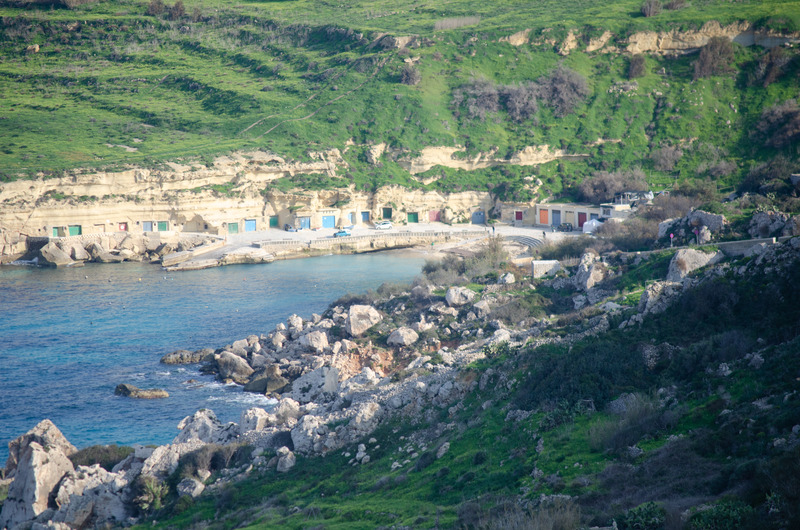
Although it never became a battleground, the tower was an essential part of the island’s defense chain. Over time, as threats from the sea diminished and technology evolved, the tower was decommissioned. Today, it stands as a quiet monument to a time when Malta and Gozo had to stay ever-vigilant.
A Landscape Etched by Sea and Wind
To truly understand the magic of Sopu Tower, you have to see what it sees.
The tower rises from rugged terrain where cliffs plunge into the restless sea. To the north, you can trace the curve of Dahlet Qorrot Bay—a tiny, often empty cove where the water glows turquoise against weathered rock. To the south, the land rolls into golden fields that shift with the seasons, and in the distance, you might spot the red sands of Ramla Bay.
When I first photographed Sopu Tower, it was just after a rainstorm. The stones were still damp, darkened by water, and the air smelled of sea salt and thyme. A shaft of sunlight broke through the clouds, hitting the tower just right. It wasn’t planned—it never is—but that’s the beauty of this place. It rewards patience and presence.
In summer, the grass turns brittle, and the colors mute. In winter, the landscape feels more alive, with wildflowers breaking through cracks in the rock. The tower itself never changes, but everything around it does. That makes it a fascinating subject to photograph across the year.
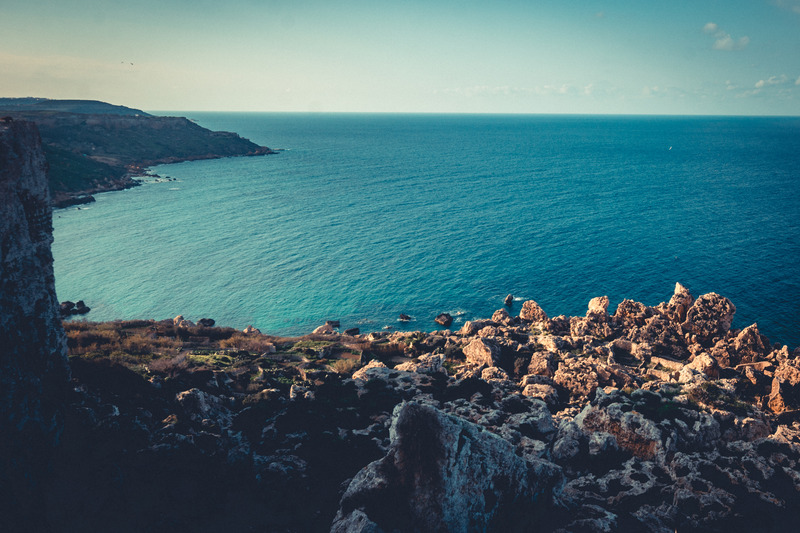
The Quiet Power of Forgotten Places
Unlike Dwejra or the Citadel, Sopu Tower isn’t on the average travel itinerary. You won’t find a bus stop with its name. There are no tour groups shuffling past, no multilingual plaques telling you where to stand for the best selfie.
And maybe that’s a blessing.
There’s something humbling about standing alone next to this weathered outpost. The wind howls. The sea crashes. And yet, the tower remains still, as if unbothered by time. It has seen centuries pass, wars come and go, storms tear at its base—and yet it stands.
I’ve returned here several times, each visit slightly different. Sometimes I’m alone. Other times, a local fisherman waves from a distance or a hiker crosses paths with me. But mostly, it’s just me and the tower. And that space—of solitude and stillness—is something increasingly rare.
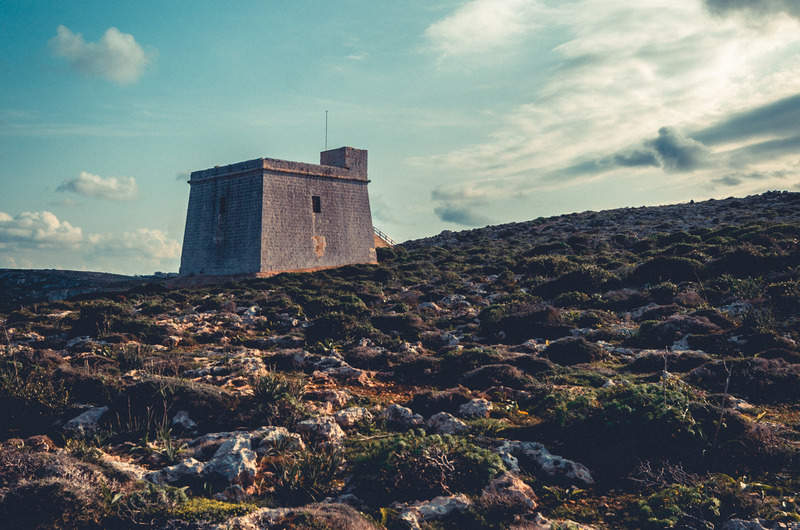
From Gozo’s Coastline to Your Living Room
When I launched il-bordura.com, I knew I didn’t want to fill it with generic images. I wanted each print to carry a sense of place, of memory, of discovery. That’s why I chose Sopu Tower as one of the key pieces in the Gozo collection.
The canvas print I created is taken from one of those quiet visits—a moment where light and form met perfectly. The tower stands strong against a muted sky, with the land falling away behind it. It’s not a postcard-perfect shot, and that’s the point. It’s real. It feels like being there.
Printed on high-quality canvas and available in a limited number of editions, this piece brings Gozo’s raw coastline into any space—be it a home office, a hallway, or a quiet reading corner. It’s a way of remembering that beauty doesn’t always announce itself. Sometimes, it just waits for someone to notice.
You can view the product here: Gozo Sopu Tower – Limited Edition Canvas Print
A Final Note: Go See It For Yourself
If you ever find yourself in Gozo with an afternoon to spare, leave the busy spots behind. Take the road toward Nadur, find the path, and walk toward the edge of the island. Let the wind guide you. You’ll know you’re close when the land begins to breathe a little deeper.
Sopu Tower won’t shout for your attention. But once you’ve seen it, it stays with you.
And maybe that’s what timeless places do.
Explore more from the Gozo collection at il-bordura.com, where every print tells a story.


